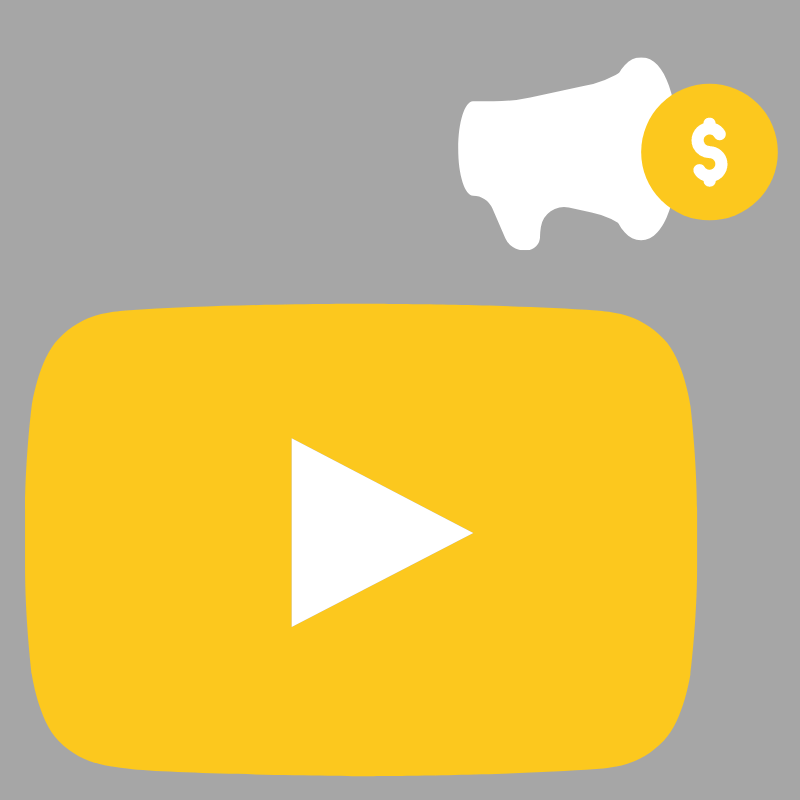The Friday Four is back this week with lots of news from YouTube! The platform has taken steps to make viewing analytics easier for the typical creator and for larger artists – read here to learn how. And, with the California Consumer Privacy Act in full swing, Facebook has taken a bold new step.
Let’s jump in ⬇️.
YouTube Releases New Analytics Display
In a recent episode of their “How YouTube Works” series, YouTube debuted a new way for creators to dive into their analytics. While creators are already able to see a large amount of data detailing their channel’s performance and the performance of individual videos, the new display makes it even easier to adjust content based on performance.
The new display, as shown in a recent YouTube video, will display three important analytics measurements: average viewer duration, watch time, and click through rate. Click through rate symbolizes the percentage of users clicking on a video when YouTube recommends it to them or when it appears to them. Average viewer duration shows the percentage of the video the average viewer watches, and watch time is the total amount of time in sum viewers spend on your video.
The simplified view displays these three metrics in a bar graph, where it compares your statistics to the averages of other videos in that topic or genre category. For high performance, creators should be striving for high click through rates and average viewer durations, which will then correlate to high watch times. The new view optimizes the availability of these statistics, allowing creators to put more energy into their content.
New Analytics Dashboard Debuted for Artists
In a step to help support popular musical artists on the platform, YouTube has released an entirely new analytics page for large creators. The new dashboard, dubbed “Analytics for Artists,” gives these artists a more complete and comprehensive understanding of how their videos are performing. Similar to the previous piece of news, it allows artists to optimize their content.
All Official Artist Channels will have access to the features, which currently include a look at their “Total Reach” as well as a “Song Detail” section. More features, according to YouTube, will come soon.
What’s unique about the new dashboard is that it not only shows statistics about the videos artists themselves upload, but also the analytics on videos where their content is being used. Thus, creators can see how, for example, songs approved for reuse are performing in addition to how their own videos are performing.
YouTube Adjusts Qualifications for Mid-Roll Ads
This week, YouTube announced they were changing their requirements for eligibility relating to mid-roll advertisements. Previously, only videos at a length of ten minutes or more could qualify for these ads. Now, however, YouTube has cut that duration down to eight minutes in order to qualify for monetization.
In this announcement, YouTube said they’d attempt to place ads at “natural breaks” in videos, though this was not clearly defined. Additionally, mid-roll ads will be added to older videos that qualify even if creators have not opted in for monetization on those videos.
For advertisers, this news is largely positive. With more videos now qualifying for advertisements, there will be less competition on the platform and ad prices will likely drop. For creators, the news may come with less optimism. Creators with more than 1000 subscribers can monetize their videos, but they have no control over what advertisements will be placed within them.
Facebook and Instagram Halt Targeting on CA Users
As the California Consumer Privacy Act exited its grace period and went into effect at the beginning of the month, Facebook and Instagram have halted targeting and retargeting efforts on California users. With the new law, consumers in California have more extensive privacy rights and access to knowledge about how they’re being targeted by advertisers.
To give advertisers the month to adjust to the law’s new stipulations, many of which are vague, Facebook has entirely halted all efforts at targeting California users for the month. At the end of the month, however, targeting efforts will pick up once again and advertisers will be responsible for following the CCPA guidelines as outlined.
Did you enjoy today's content? Leave a comment below, and check back every Friday for the latest in social media!





